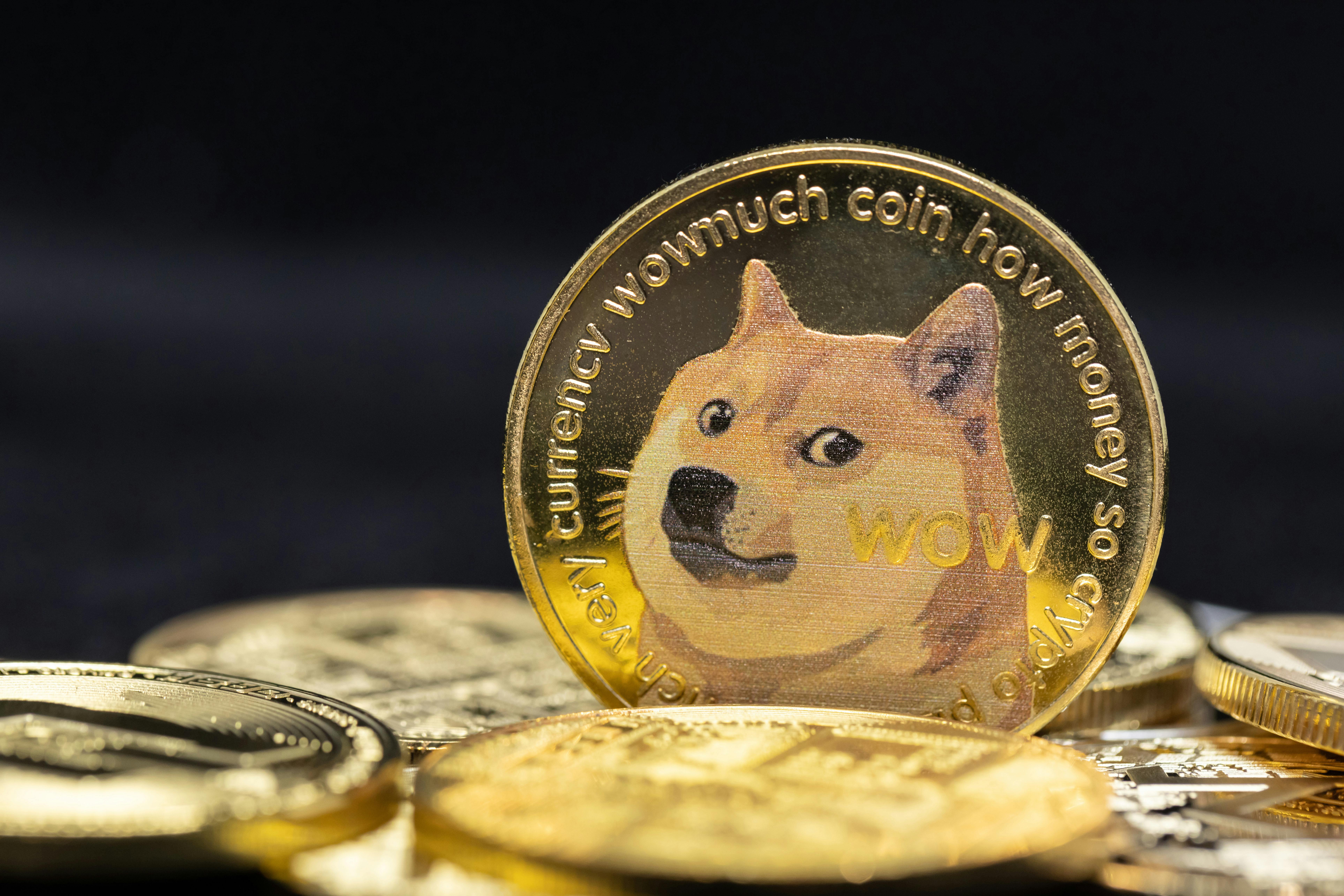Cryptocurrency Explained: Dogecoin
Share
Dogecoin, the First Memecoin
Dogecoin was created in 2013 by two software engineers, Billy Markus and Jackson Palmer, to make fun of the culture surrounding Bitcoin and other cryptocurrencies, especially the grandiose statements crypto enthusiasts made about their tokens' imminent takeover of the global financial system.
Dogecoin branding features a shiba inu image from a popular meme format that shows thedog making a face at the camera, surrounded by poor grammar in Comic Sans font.
The term “doge” comes from a pioneering webseries called Homestar Runner, where the titular character misspells the word “dog.” Jackson Palmer explains it here.
The Dogecoin Joke, Explained
Dogecoin is a hard fork of Litecoin, which is a hard fork of Bitcoin - but then they refactored Dogecoin's code so that it would operate like Bitcoin.
To a software developer this is highly comical.
What sets Dogecoin apart is that its supply limit was originally 100 billion coins, compared to Litecoin's 84 million cap and Bitcoin's 21 million cap. Later, the supply limit was removed entirely so unlimited dogecoins can be mined forever at a rate of 5 billion per year.
Billy Markus once said he spent about 15 minutes making the original Dogecoin codebase, so it wasn’t designed with a grand monetary theory behind it, like other cryptocurrencies. However, in 2021 the Dogecoin Foundation announced that it wants to re-vamp the coin with new standards, documentation, and dev tools.
From the Dogecoin Foundation’s website, the Dogecoin manifesto states:
We are Dogecoin, the accidental crypto-movement that makes people smile.
We are developing a currency for the people,
and we strive to do only good everyday.
Through this work we have come to value:
Being useful, we value utility over technical brilliance.
Being personable, we value individuals and interactions over profit-driven economics.
Being welcoming, we value collaboration and trust over competition and exclusivity.
Being reliable, we value working solutions over speed of delivery.
What’s The DOGE Hype?
The hype around Dogecoin started gaining momentum around the same time as the WallStreetBets stock market frenzy early in 2021, when Dogecoin moved from being a joke to becoming a symbol of little-guy investors. In late January of 2020, Elon Musk tweeted an image of a dog on the cover of a "Dogue" magazine, causing the value of Dogecoin to skyrocket by more than 800%. Since then, DOGE’s value has been linked to its chatter on social media - and more directly to the chatter of Elon Musk himself. This link is known as the Musk Effect, where Elon Musk mentions Doge and the market rallies. With that being said, if you’re interested in the price movements of Doge, you may be able to gauge the market by watching Elon Musk’s X account.
Technical Details
Dogecoin and Litecoin use the same proof-of-work algorithm to mine blocks, and dogecoins can be mined at the same time as litecoins, on the same equipment, using a technique called merge mining, aka auxiliary proof-of-work (AuxPoW).
Dogecoin also processes blocks more quickly than its predecessors, adding a block every minute compared to every 2.5 minutes for Litecoin and every 10 minutes for Bitcoin.
This makes Dogecoin fast and cheap at the expense of security and stability.
Symbol: Ð
Ticker: DOGE
Block Time: 1 Minute
Block Reward: Ð10,000
Block Explorer: https://dogechain.info/
The Dogecoin Founder Rift
In 2015, Dogecoin’s co-founder, Jackson Palmer, quit the project in disgust, saying:
The cryptocurrency industry leverages a network of shady business connections, bought influencers, and pay-for-play media outlets to perpetuate a cult-like ‘get rich quick’ funnel designed to extract new money from the financially desperate and naive. Source
His remarks come from watching whales build followings for generally useless crypto projects to get people to funnel money in, then when the project’s value reaches a high point the whales pull their money out and reap a profit at the expense of everyone else. In traditional finance, this is called a pump and dump scheme.
Billy Markus, the other co-founder who continues to support the Dogecoin project, responded with:
His (Palmer's) points are generally valid. There’re a lot of terrible people who are involved in the crypto space, and I completely understand why he would feel negative about it. I understand his perspective and we both saw mostly the negative side of all this... The crypto community can be pretty elitist and not very inclusive, and we wanted to make a community that was more fun, lighthearted and inclusive. It worked, and is why the Dogecoin community consistently maintains a presence. Source
The schism between the Dogecoin founders highlights a key aspect of cryptocurrency investing, which is that you should always research potential assets to make sure the project fits your values and investment goals.
Final Thoughts
It's tragic that Dogecoin, which had fun and noble aspirations, set the template for the toxic, pump-and-dump memecoin culture that it intended to satirized.
But while Dogecoin started as a joke, it maintains a place in the top 10 cryptos by market capitalization. Dogecoin today is more than a meme - it's become a legitimate way to settle payments on the Internet.
We proudly support DOGE by offering it on our growing network of Bitcoin ATMs across the world, as well as through the CoinFlip Wallet and our over-the-counter service, CoinFlip Preferred.
Share

